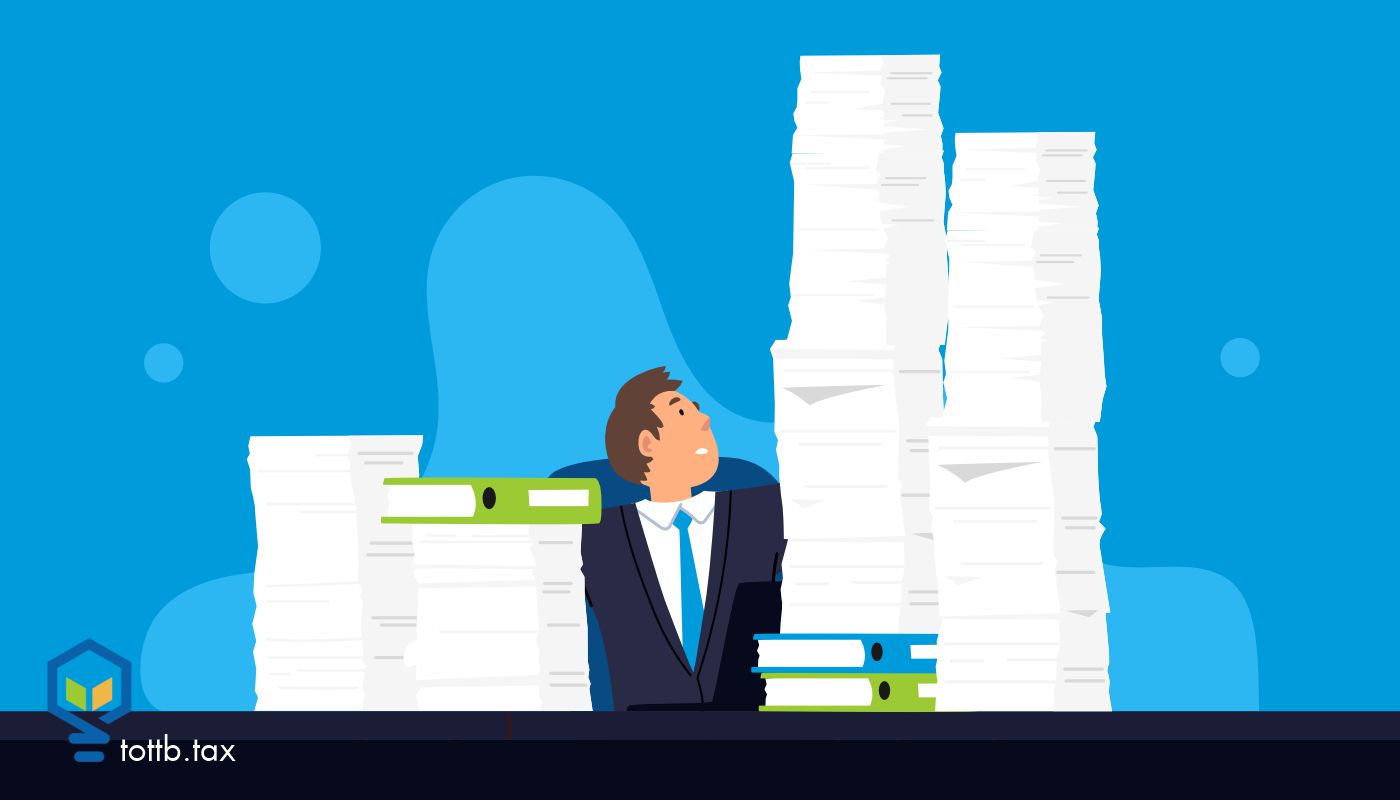CURRENT EDITION

An Analysis of the OBBBA’s Trump Accounts (Part 2)
In part one of this series, I went over the basics of the new retirement accounts for minors, Trump Accounts, which were created as part of the One Big Beautiful Bill Act (OBBBA). Trump Accounts allow the Government, Charitable Organizations, Parents, and others to contribute to a child’s savings, usually on an after-tax basis. These accounts then transition to a traditional individual retirement account (IRA) when the child turns 18. Although the contribution limits act like non-deductible traditional IRA contributions and have a contribution limit of only $5,000 per year, they do not have the same earned income requirements that traditional IRA contributions have. This means that children are able to accumulate savings even without earned income. This article presents several scenarios to examine how Trump Accounts may play into an overall savings strategy for children.
READ MOREIs It Time to Hire in Your Firm?
After my second busy season as a solo practitioner, I made a terrible mistake within my firm. I hired my first employee. As a matter of fact, I hired someone who also had tax and accounting experience. You may be thinking, “What? Hiring is the solution if you were feeling overwhelmed.” That is true, if you are assuming that I had the proper systems in place. The mistake I made was hiring an employee before I was ready. The money was there and ready. The work was there and ready. It only took a few weeks to realize that I didn’t have a capacity issue. I had a systems and processes issue. I am not suggesting that you should work yourself to full capacity, absolutely not. I am suggesting that before you attempt to pass along a task to someone else or put in place automation that you have a written-out process.
Read MoreYou Don’t Need a Bigger Stack — You Need a Better Portfolio
In every tax Facebook group or conference session, there's always that one pro excitedly talking about the latest app they've added to their "tech stack." But here's the dirty little secret: most of us aren't running integrated tech stacks. We're juggling a mix of disconnected tools that may or may not play nicely together. Let's stop pretending we're all building perfectly integrated ecosystems. What we really need is a tech portfolio—a curated collection of tools that serve our actual needs, reflect how we really work, and support the kind of client experience we want to deliver. A portfolio recognizes reality: tools don’t have to talk to each other perfectly. They just need to work for you. So let’s explore how to build a smart, efficient, and secure tech portfolio that helps you thrive whether you’re a solo professional or managing a growing team.
Read MoreTracking and Measuring Your Business Development Efforts: KPIs for CPAs
As CPAs, we were trained to work with precision, accuracy, and strategy in everything we do. However, business development has not been part of our standard training; therefore, many accounting professionals not only struggle with business development tactics but also shy away from tracking and measuring the impact of their efforts. But here's the truth: Just as we track and measure other financial data, it is essential to measure business development efforts in order to improve. You can unlock significant growth in your firm by understanding which key performance indicators (KPIs) to track, how you manage your practice, how you acquire new clients, and how to increase your revenue.
Read MoreAre There Tax Consequences of The GENIUS Act? It Depends!
The Guiding and Establishing National Innovation for U.S. Stablecoins Act became Law on July 18, 2025. It “establishes a regulatory framework for payment stablecoins,” which are defined in the legislation as “digital assets which an issuer must redeem for a fixed value.”
Read MoreQualified Opportunity Zones After the One Big Beautiful Bill Act: What’s Changed and What It Means for Real Estate Investors
On July 4, 2025, the One Big Beautiful Bill Act (OBBBA) became law, representing the most significant reform of the QOZ program since its inception. It made the program permanent, tightened eligibility rules, introduced a rural-focused investment vehicle, and imposed robust reporting requirements. For tax professionals and investors, understanding these changes isn’t just about compliance – it’s also about strategy.
Read MoreVibe Preparing: Ignoring Partnership Agreement Impacts on K1s
Nothing derails a busy season schedule like being forwarded emails from client’s investors asking “are you sure the loss is allocated correctly?” It can expose a weakness in technical expertise – especially when it’s a partnership K1. Whether the operating agreement includes Safe Harbor or Target Capital allocations is one of the most important places to start for a preparer. And knowing these basics can be the difference between a confident reply or a lost week.
Read MoreDeducting Gambling Losses: Part 2: Sessions Method
Recently I polled my peers on a social media platform dedicated to tax professionals. My hope was to find a resource for tax rules on a state level for handling gambling sessions. I knew it would be an uphill battle to get the information needed for a comprehensive guide state-by-state. What surprised me was the response. A large percentage of tax professionals were either unaware of gambling sessions or were unclear on how gambling sessions were handled in their state. Since gambling sessions might be the best way to reduce taxes on gambling wins, a lot of money might be left on the table with clients paying the price. Even if the state a tax professional prepares most tax returns for does not have gambling, the likelihood a client travels to a state that does, gambles, and wins is high.
Read MoreTAX COURT ROUNDUP – September 2025
If reviewing Tax Court opinions teaches one thing, it's that tax legislation is too important to leave to legislators. Tax Court Judges are hyper-qualified; they need to be, to deal with what this month shows.
Read MoreNOT A MEMBER YET?

SUBSCRIBE TO GET ALL OF OUR
GREAT ARTICLES AND RESOURCES!
CURRENT EDITION

An Analysis of the OBBBA’s Trump Accounts (Part 2)
In part one of this series, I went over the basics of the new retirement accounts for minors, Trump Accounts, which were created as part of the One Big Beautiful Bill Act (OBBBA). Trump Accounts allow the Government, Charitable Organizations, Parents, and others to contribute to a child’s savings, usually on an after-tax basis. These accounts then transition to a traditional individual retirement account (IRA) when the child turns 18. Although the contribution limits act like non-deductible traditional IRA contributions and have a contribution limit of only $5,000 per year, they do not have the same earned income requirements that traditional IRA contributions have. This means that children are able to accumulate savings even without earned income. This article presents several scenarios to examine how Trump Accounts may play into an overall savings strategy for children.

Another Tax-Smart Way to Save for Retirement
Most clients are familiar with the well-known accounts to save for retirement, such as the 401(k) and IRA. Some clients might be able to supplement those with a lesser-known vehicle as well. A life insurance retirement plan (LIRP) is a type of permanent life policy with a cash value basically funded by overpaying premiums. The money can eventually be taken as a tax-free loan against the policy for anything from medical expenses and long-term care to supplemental retirement income to, for the wealthy, the payment of taxes on large estates.

Taxes & Taxidermy: Rampaging Through The Tax Code On The Back Of A Stuffed Rhinoceros
Is the taxidermy fee for a stuffed bear deductible? If so, should I depreciate it? What would the basis and class life be for depreciation? Those are real questions asked in a group chat with some colleagues. Of course my answer was “It depends.” And, like all good tax professionals, I proceeded to ask a series of follow-up questions. And, like a good writer, that got me to thinking about all of the tax-related case law surrounding taxidermy and what it can teach us—it’s more than one might think.








